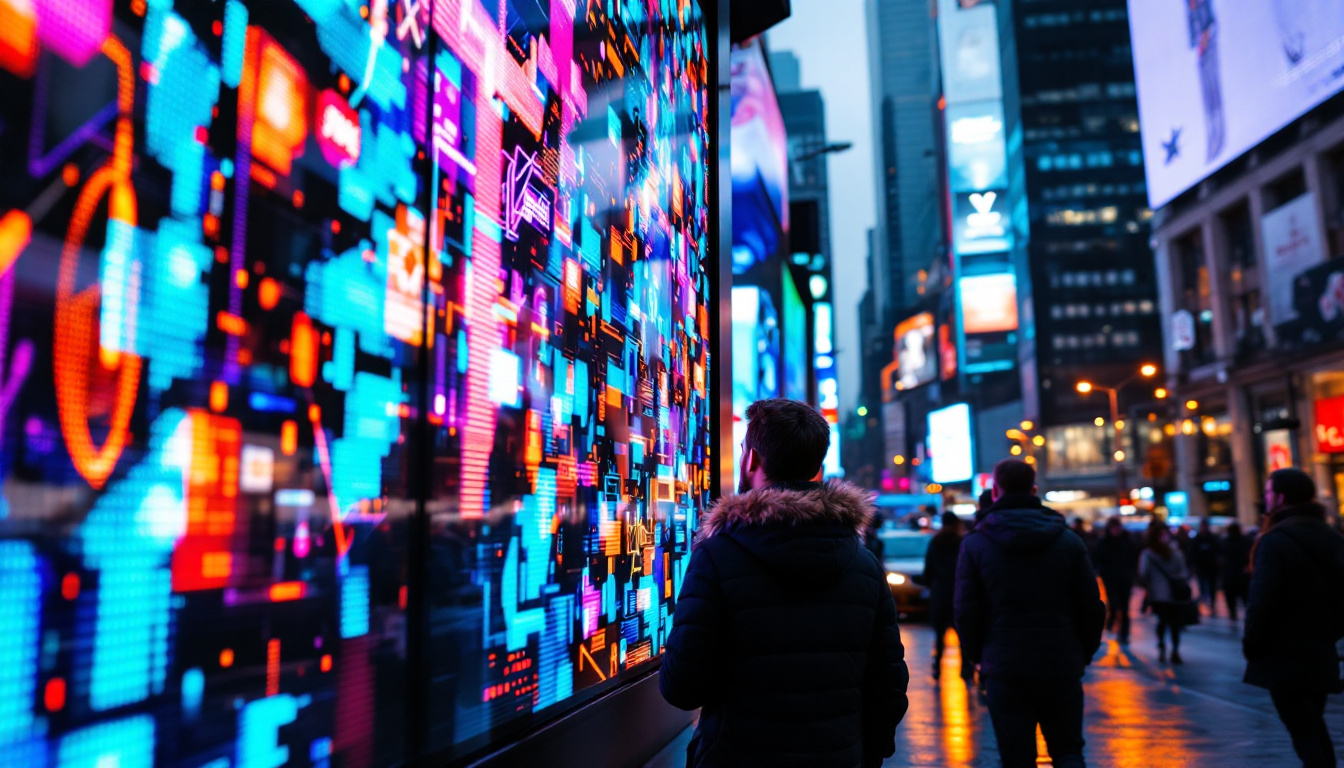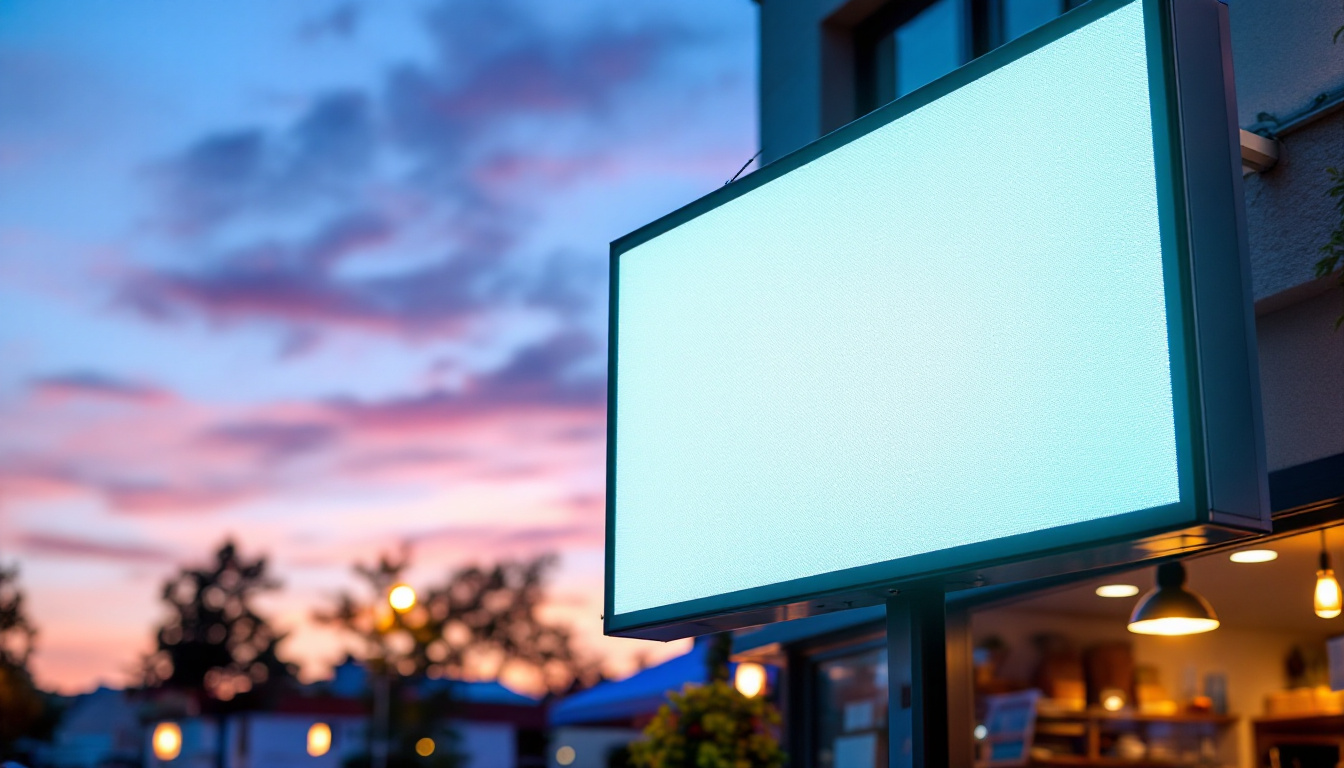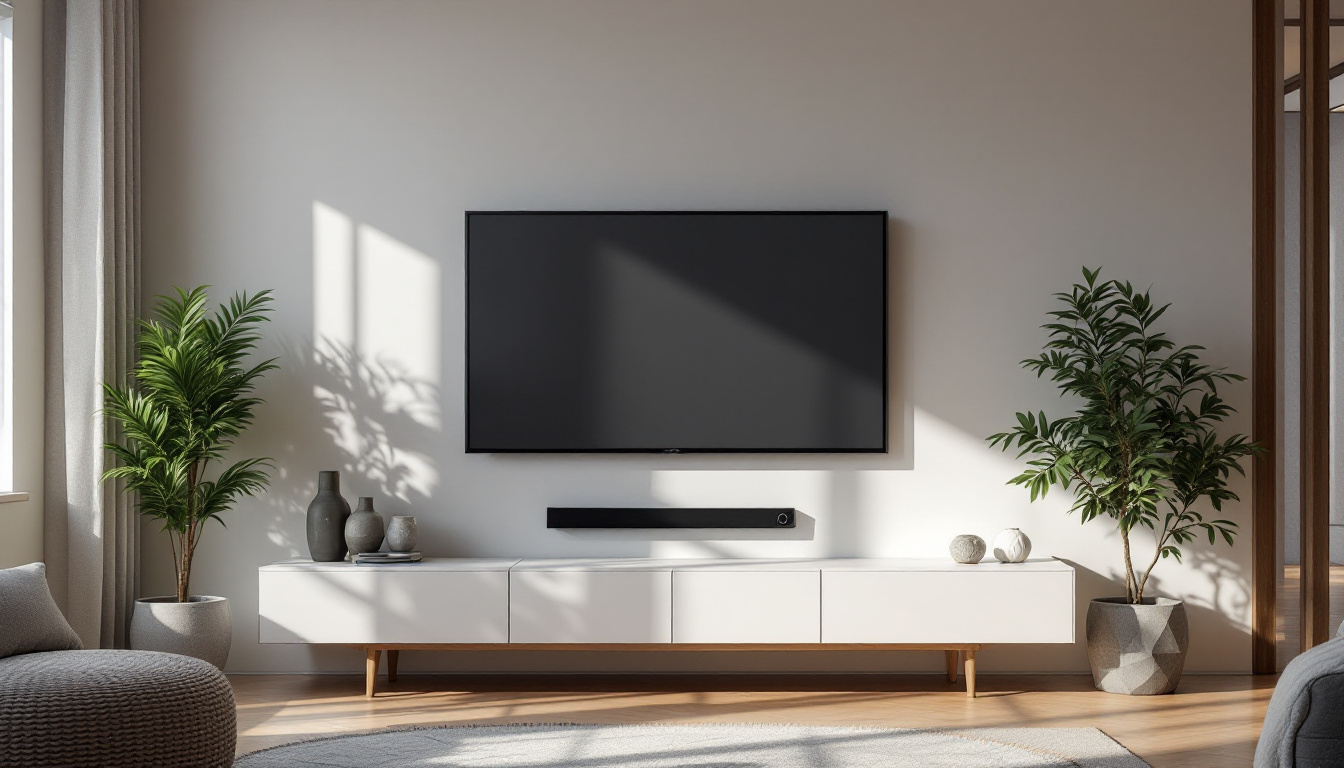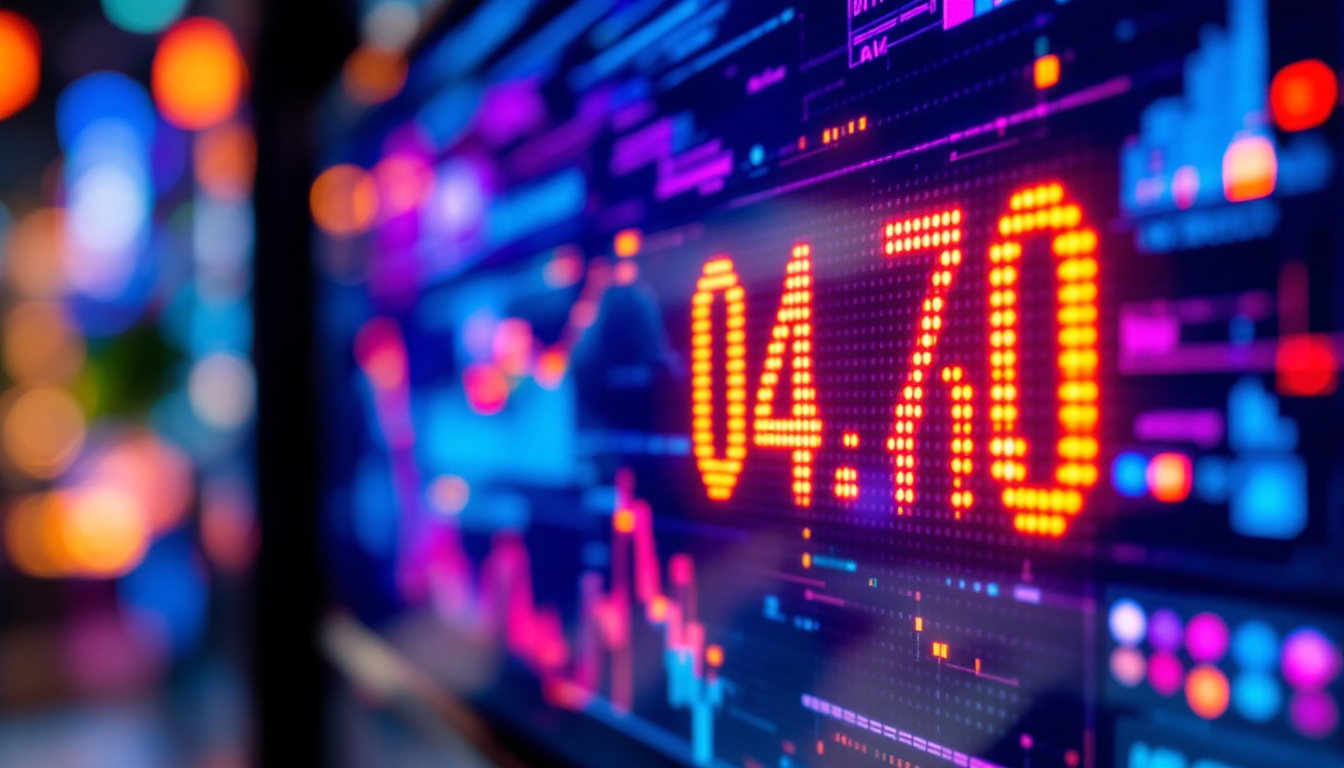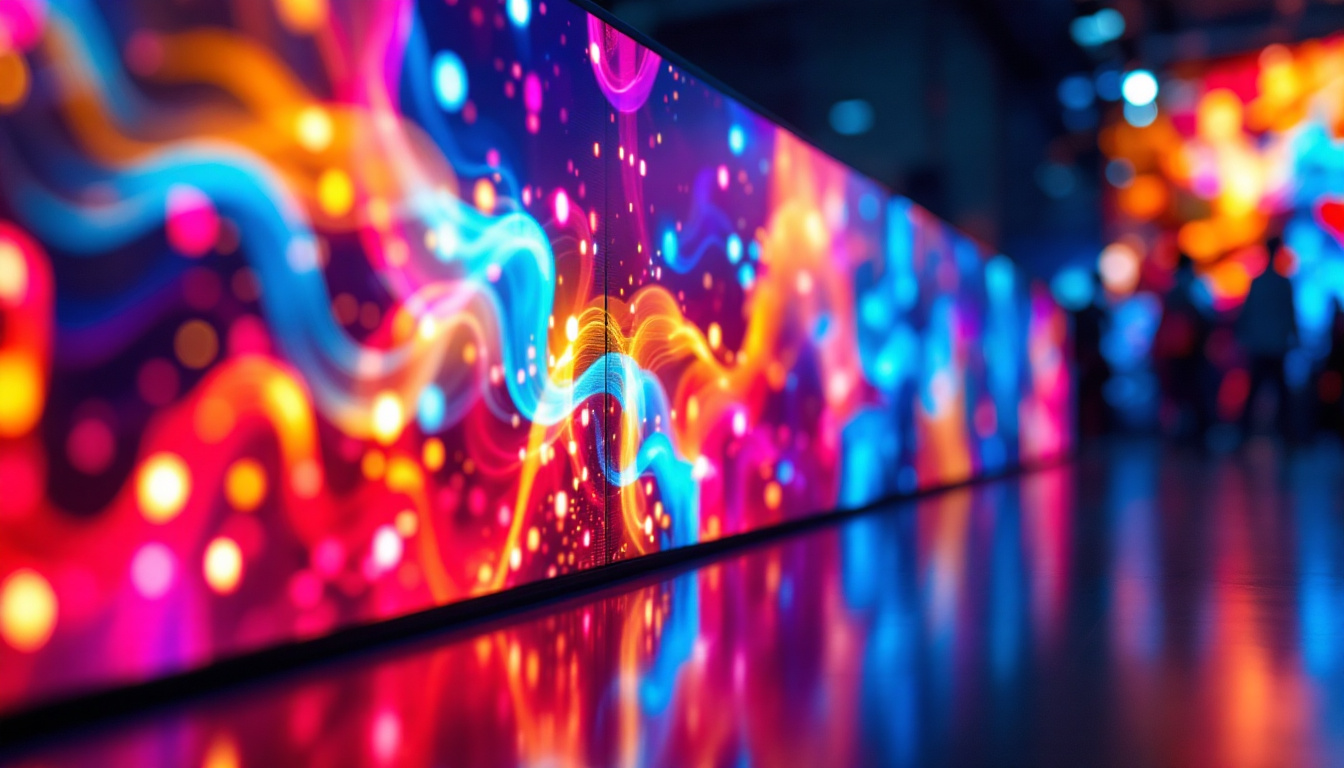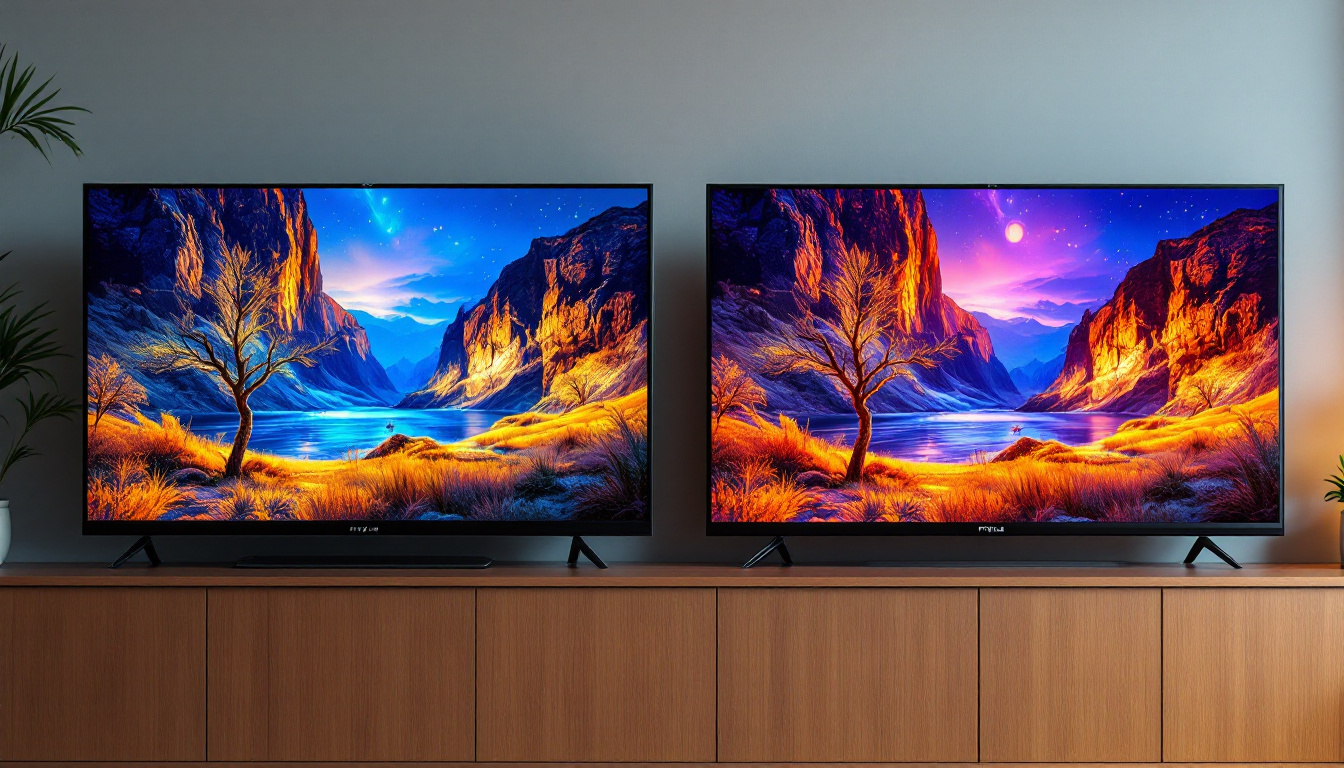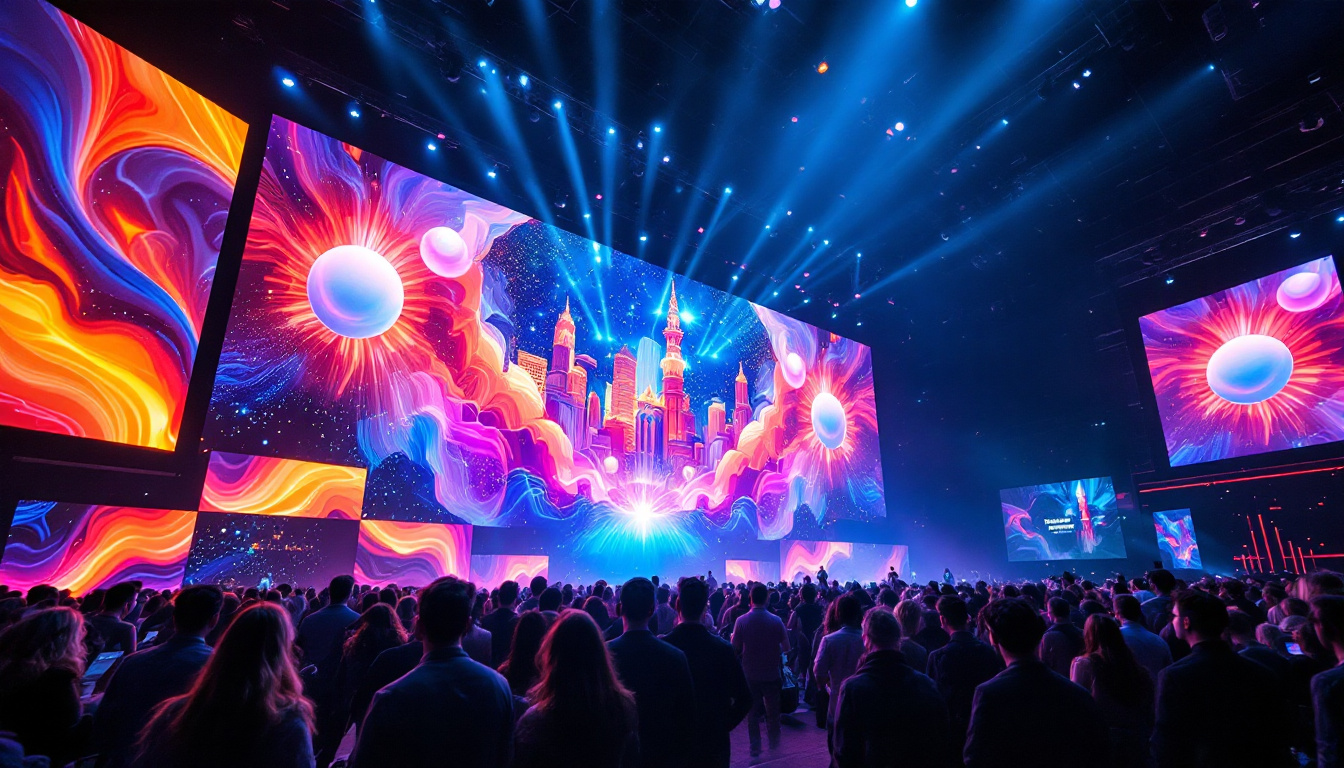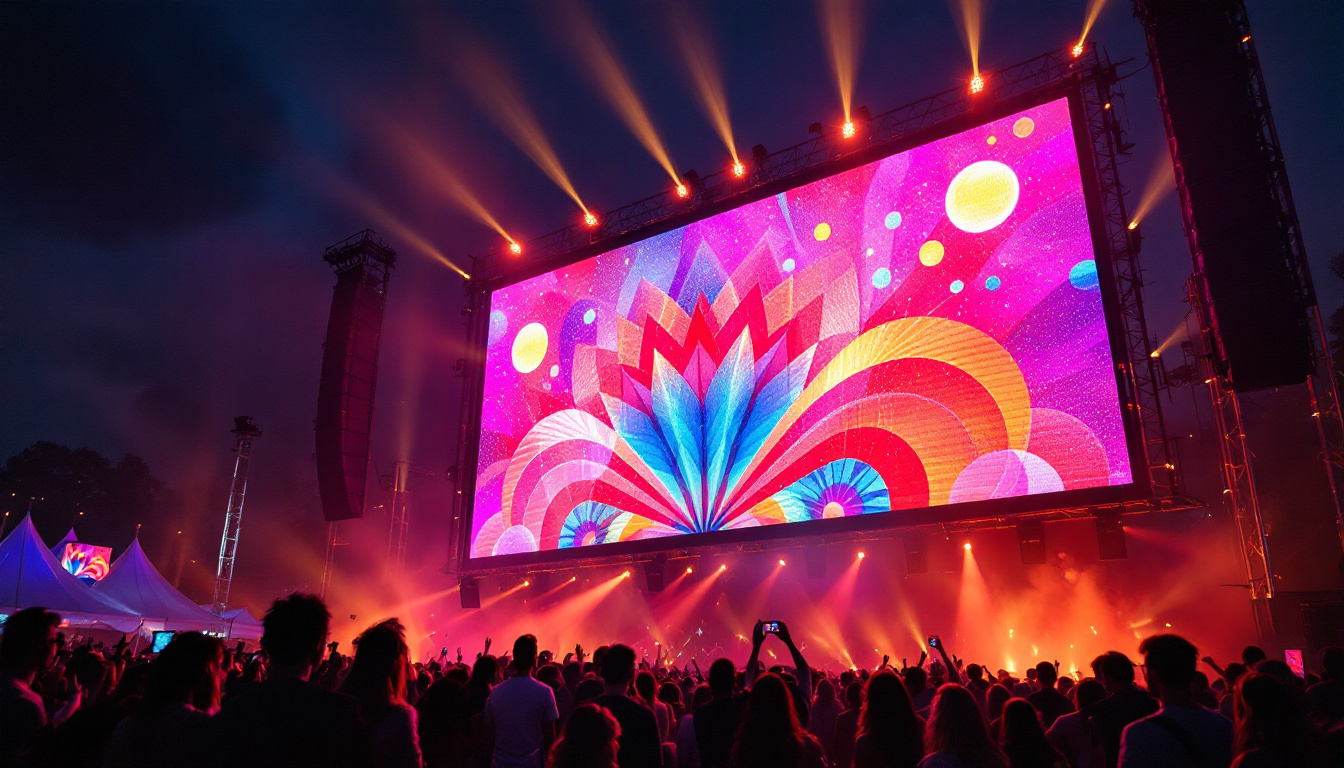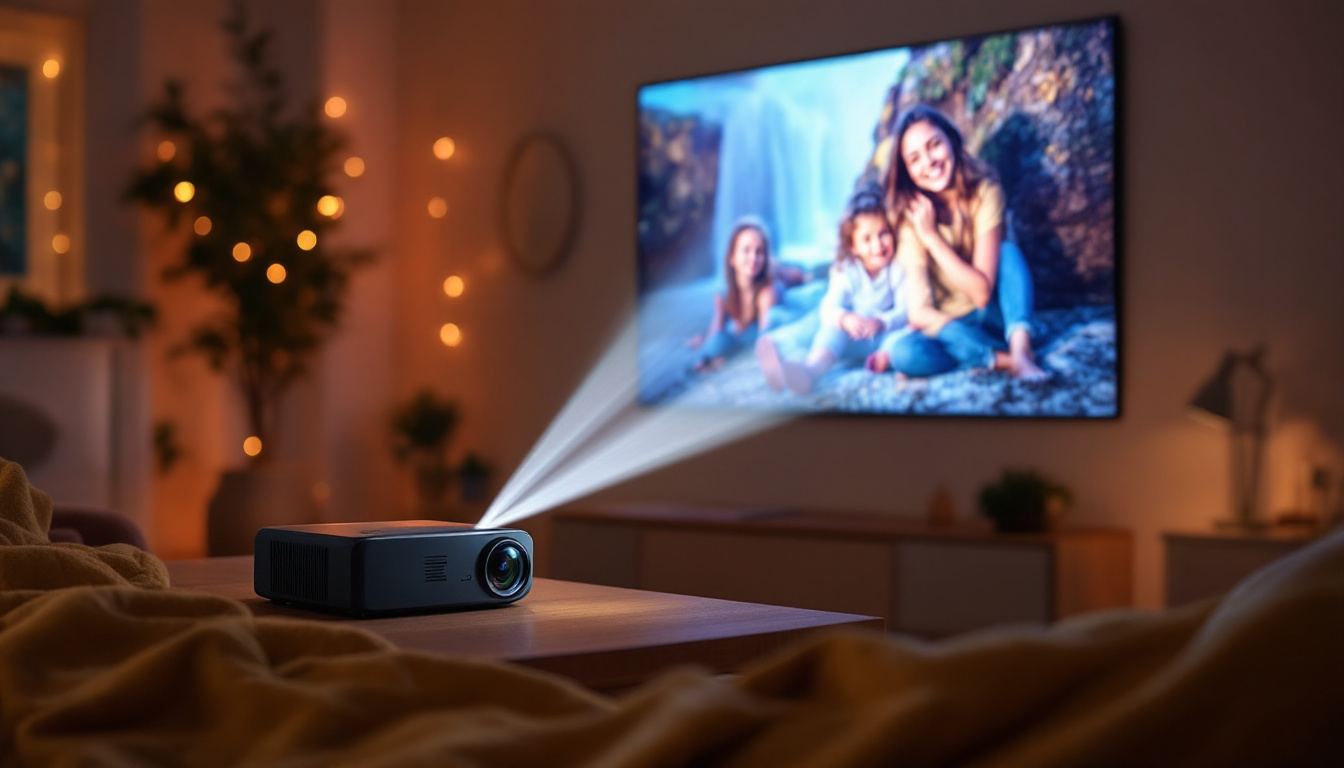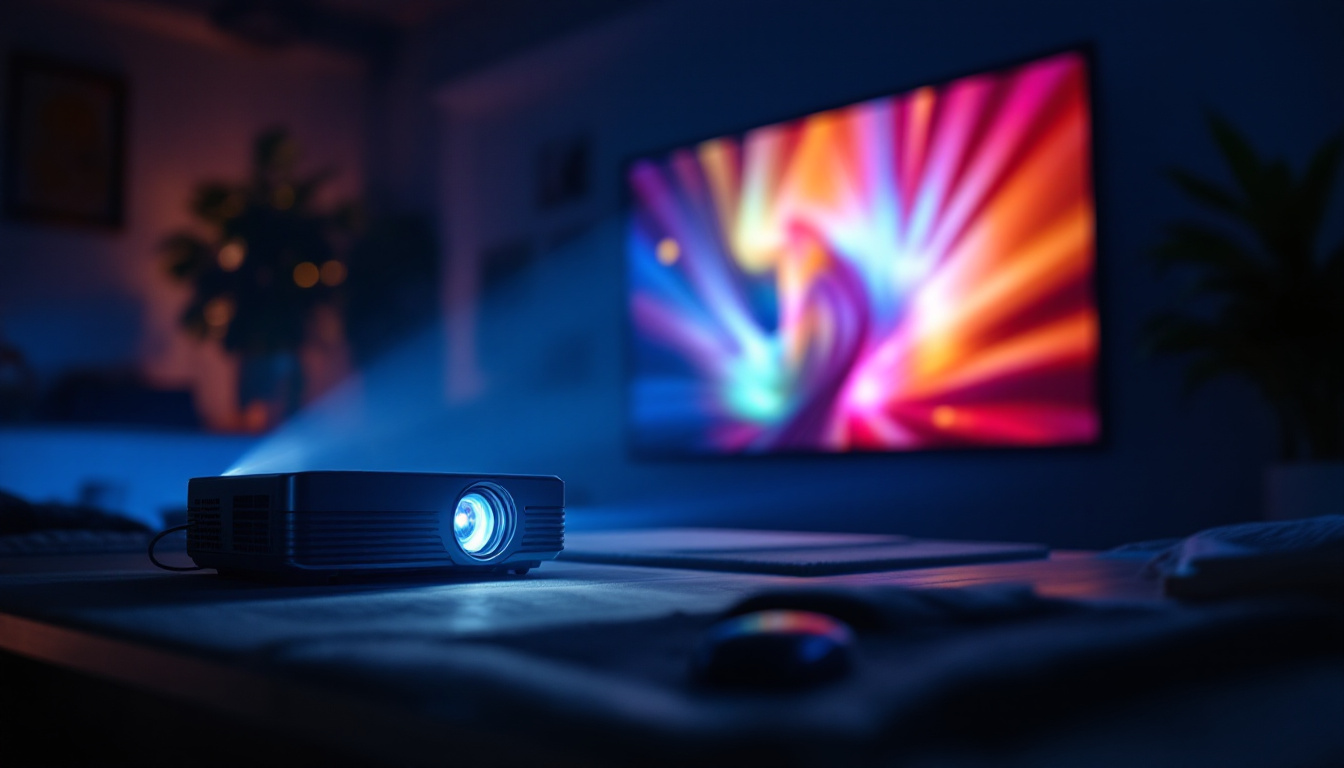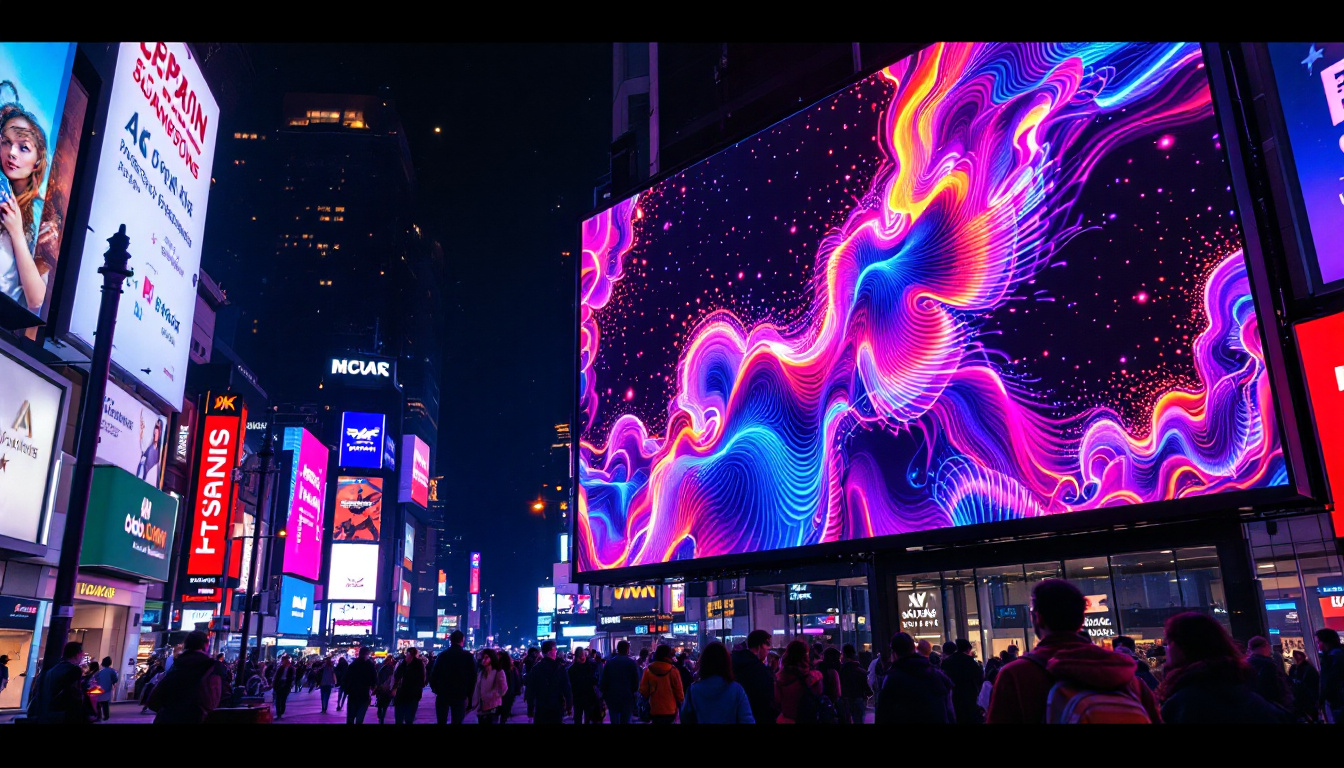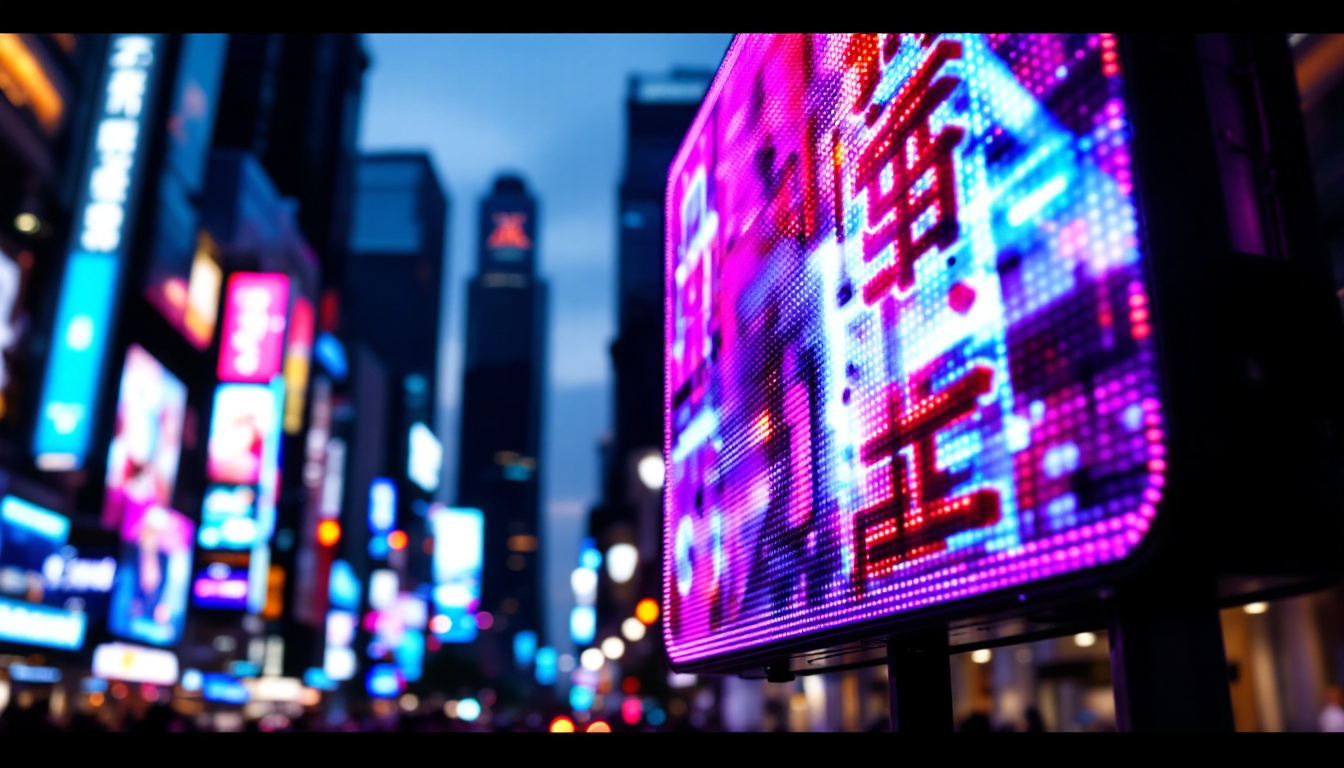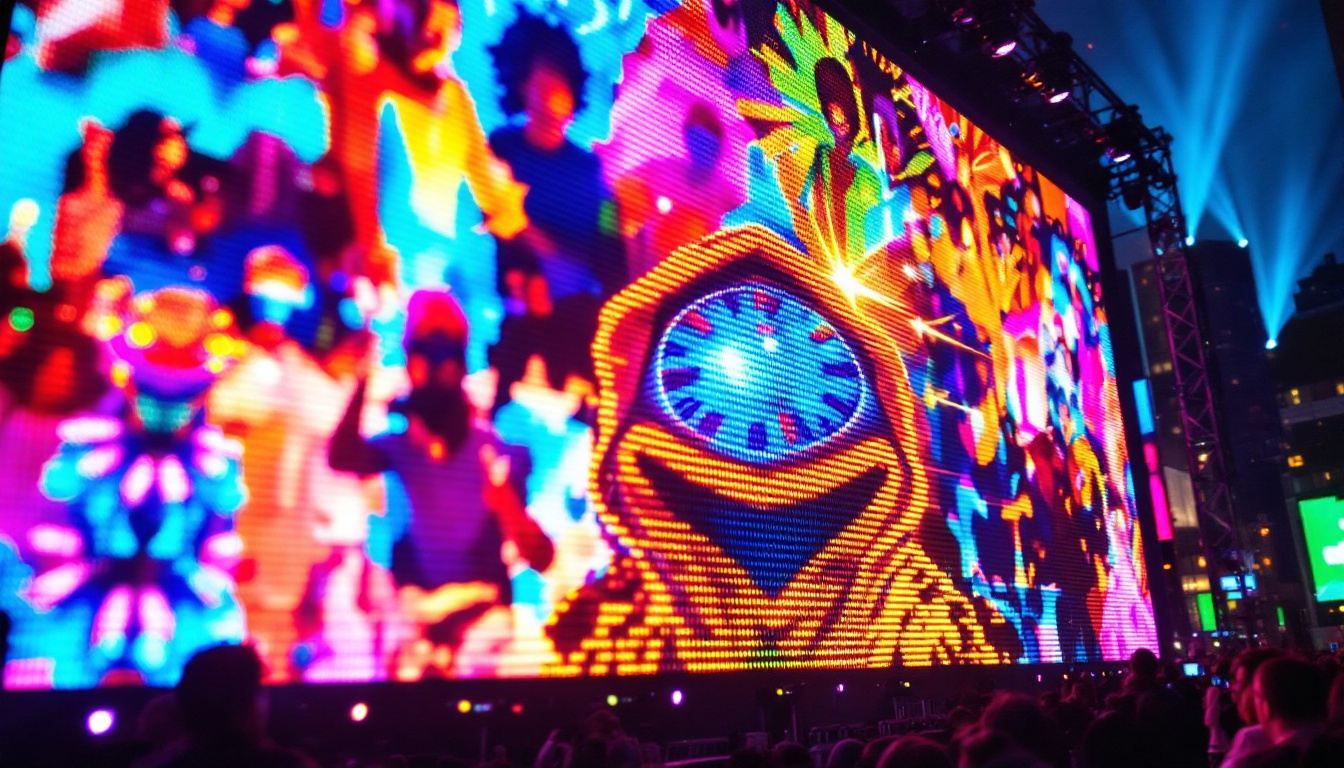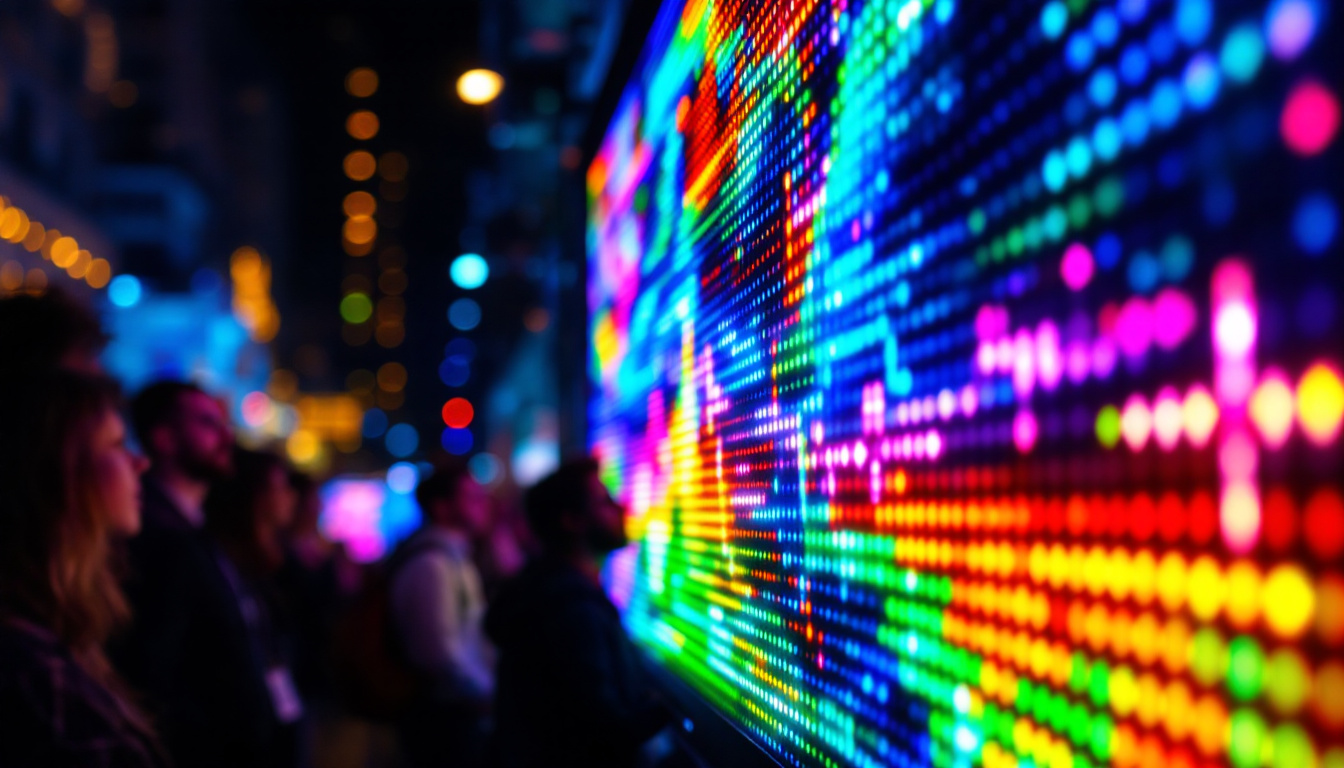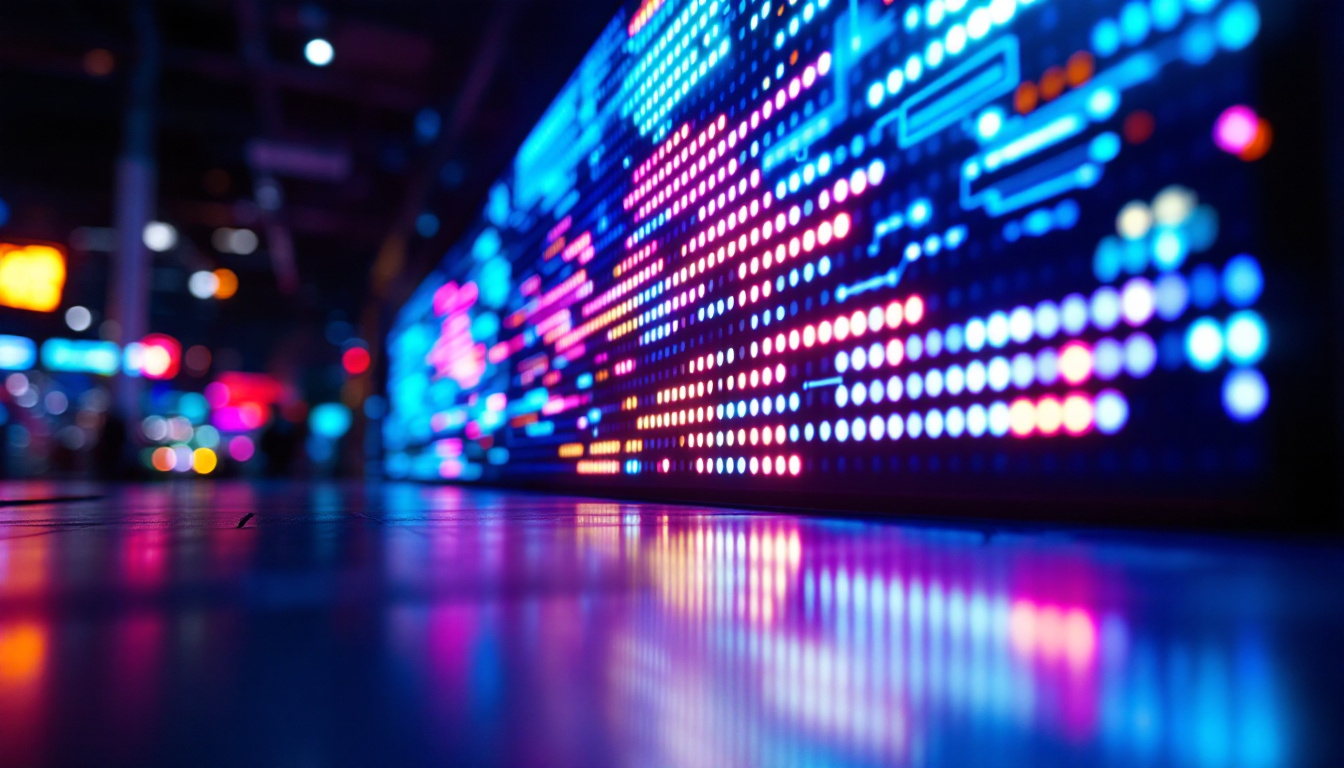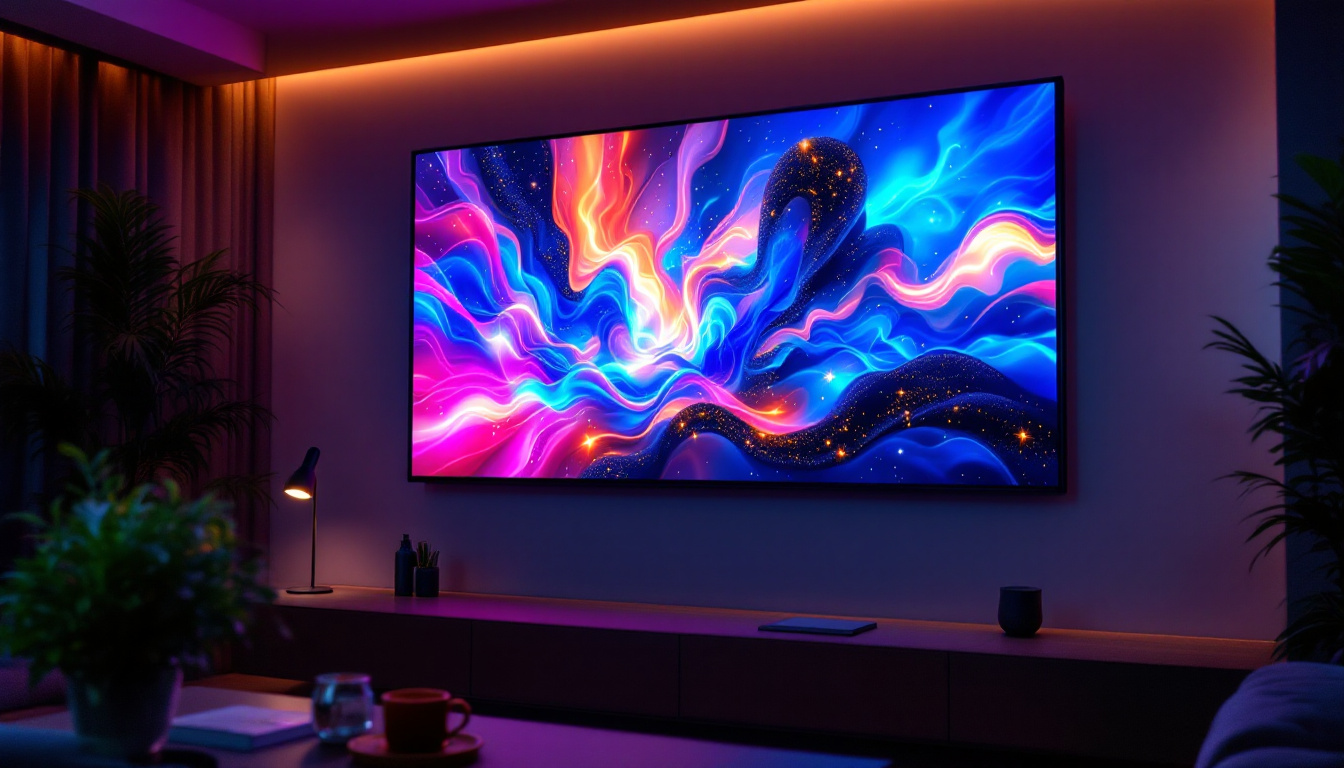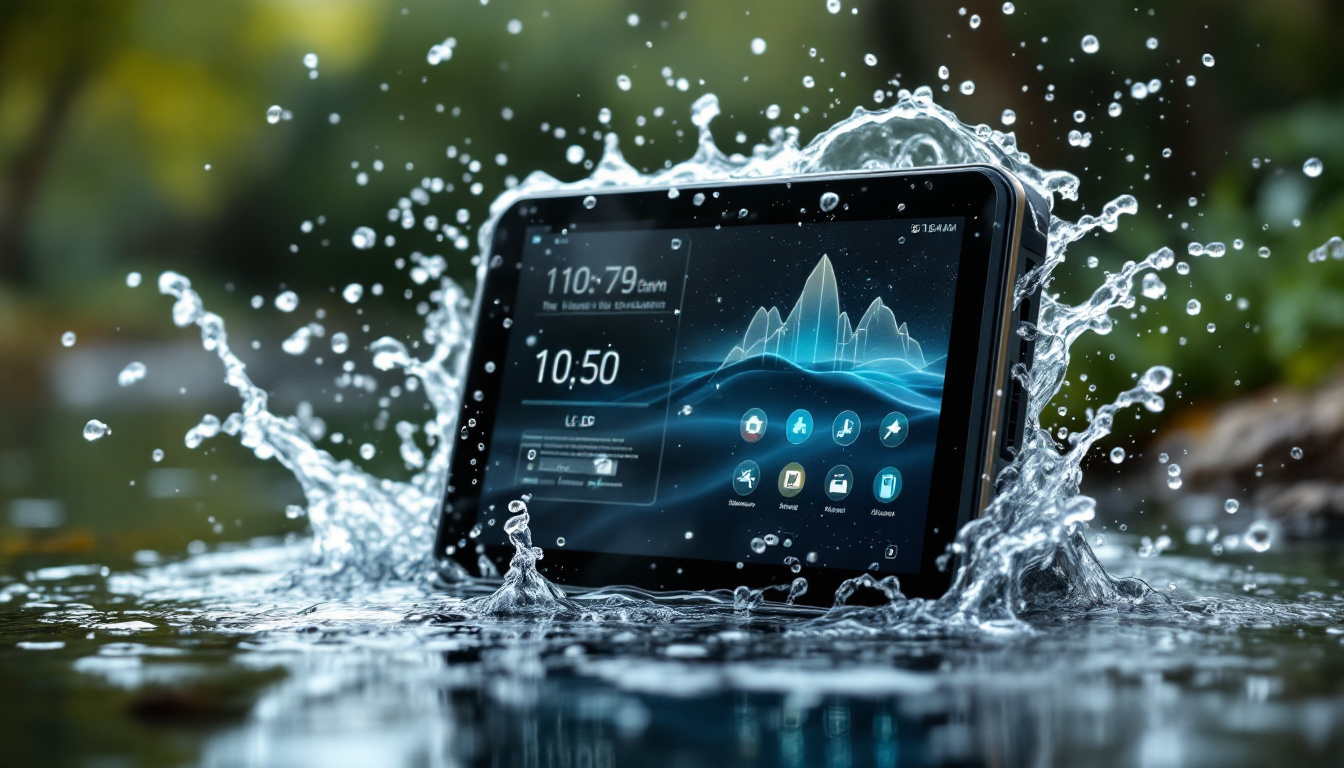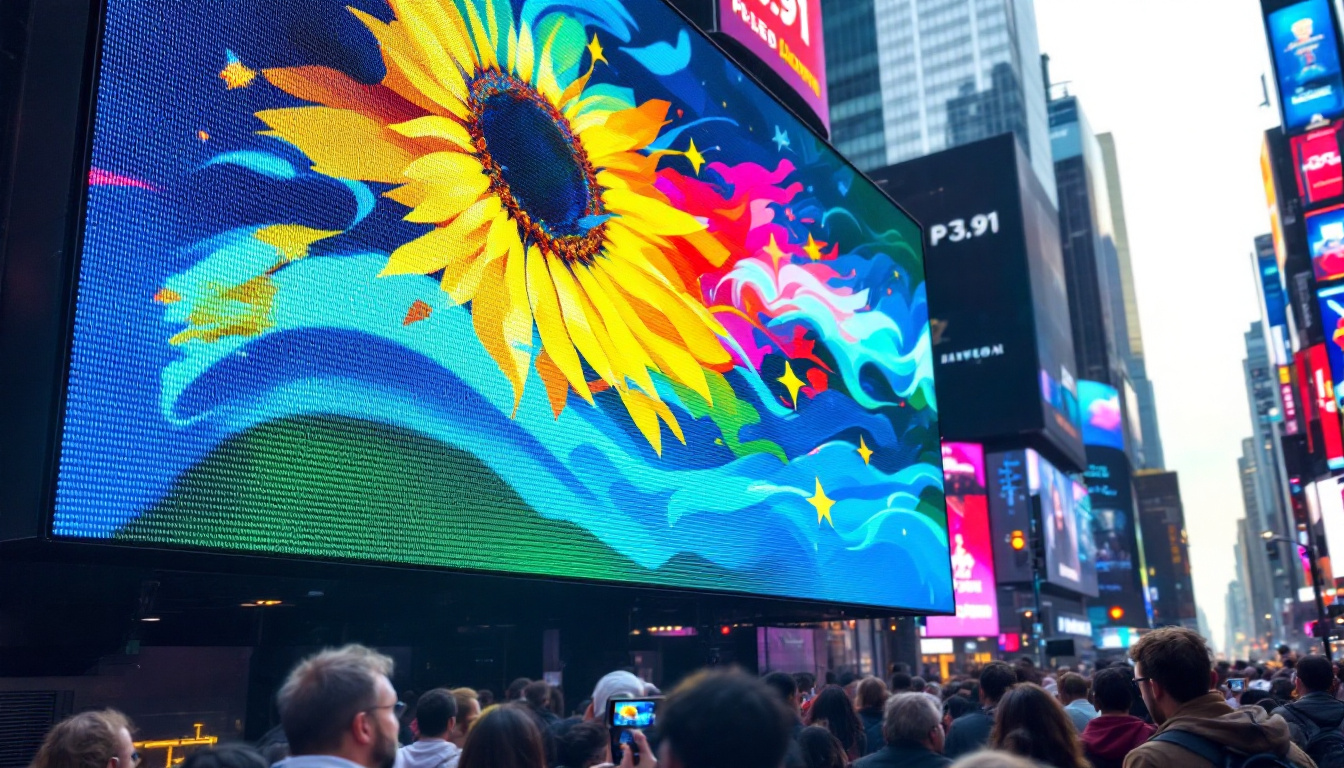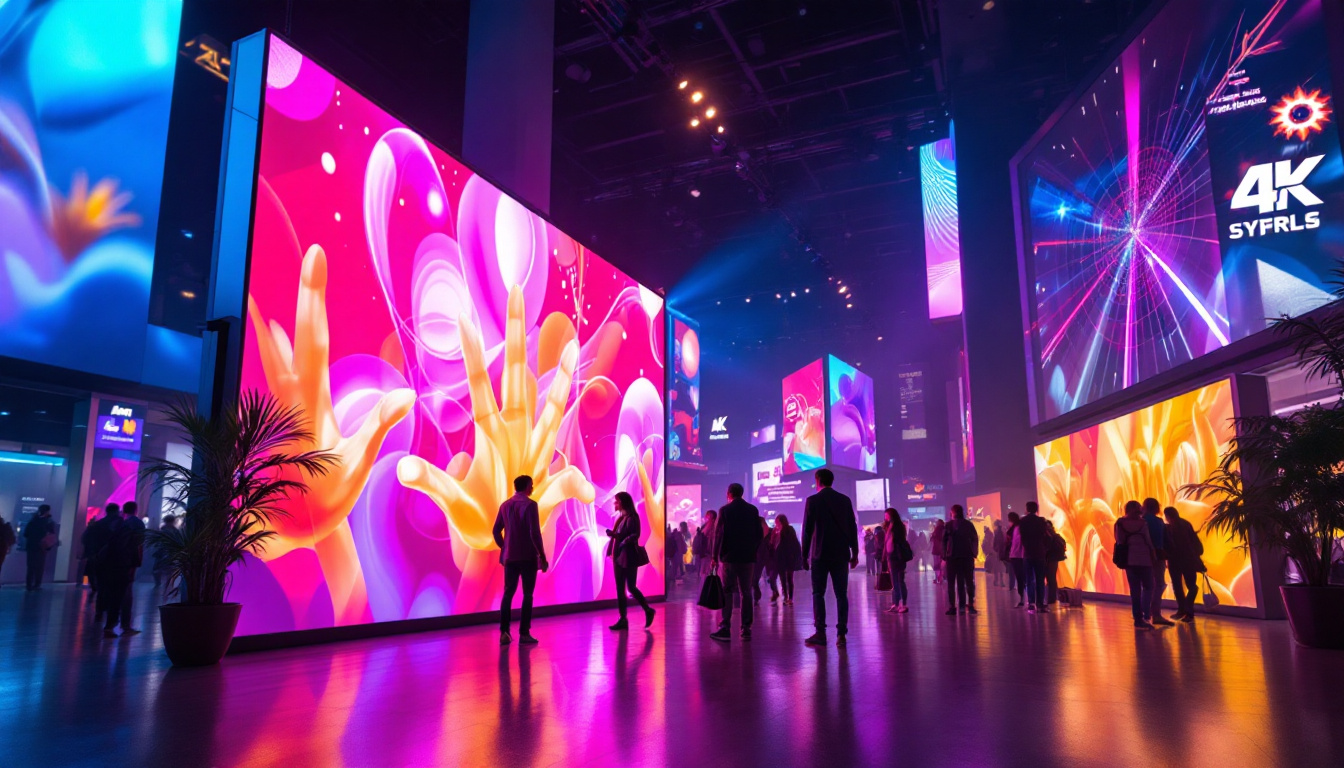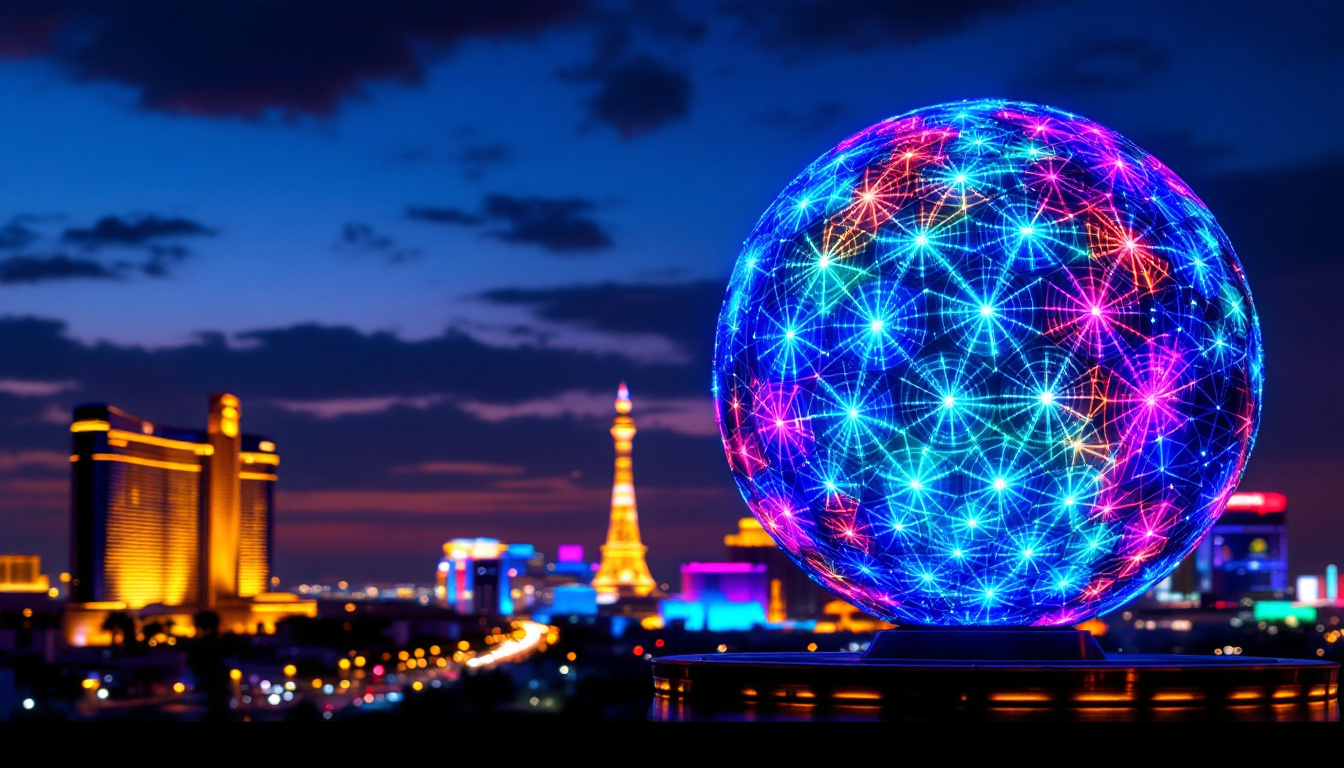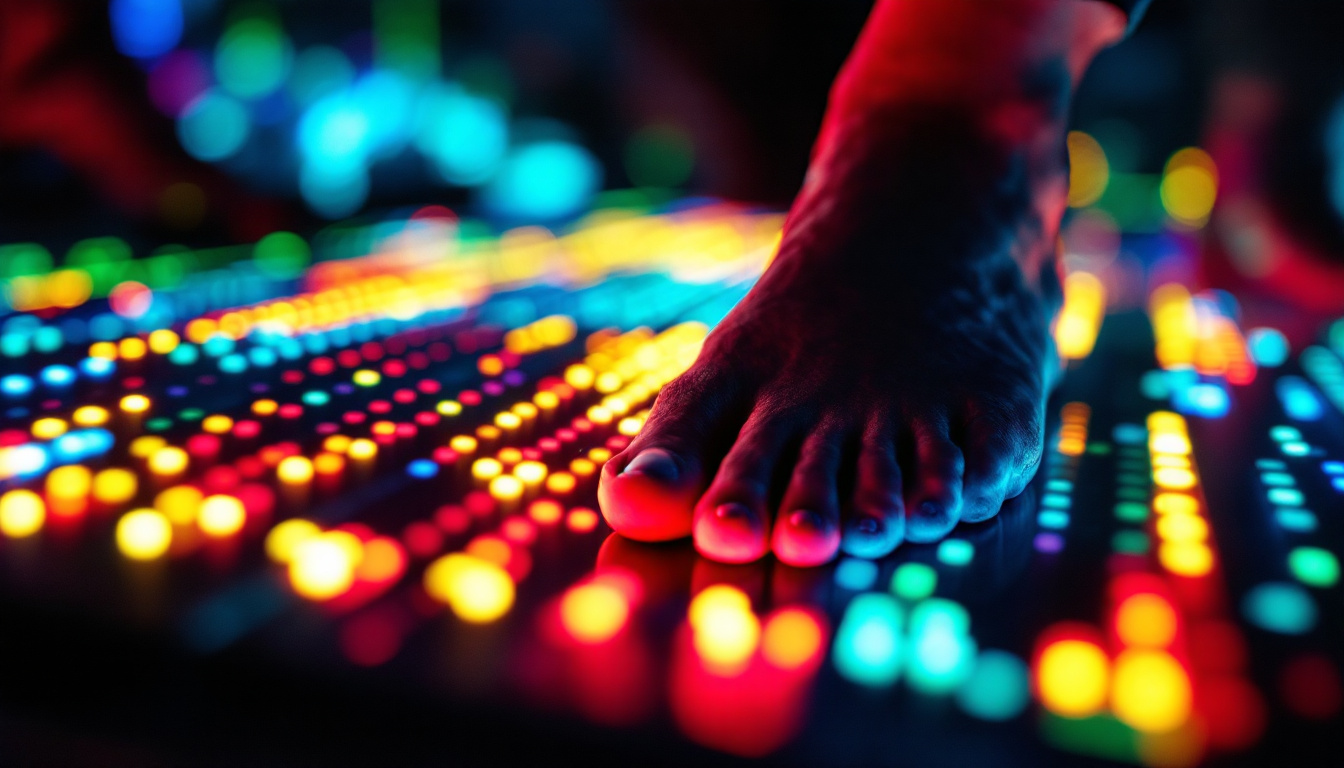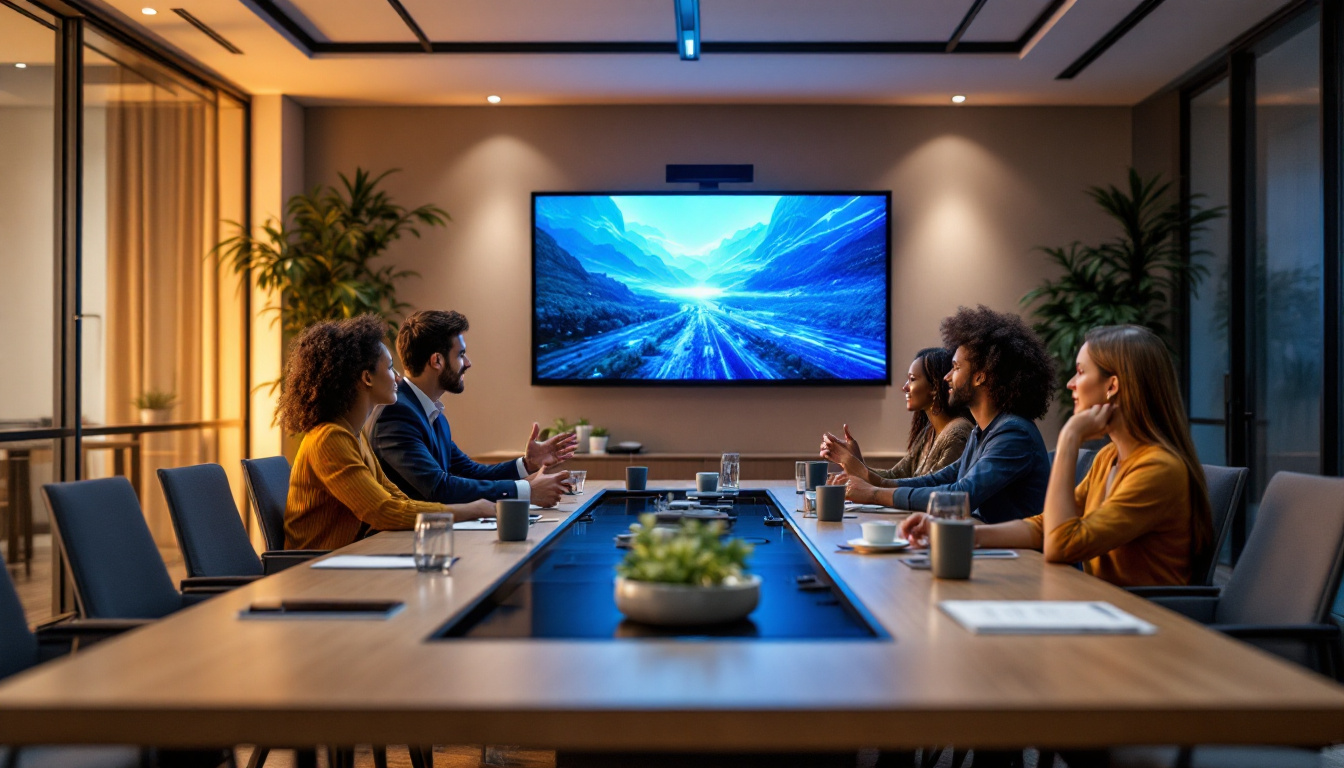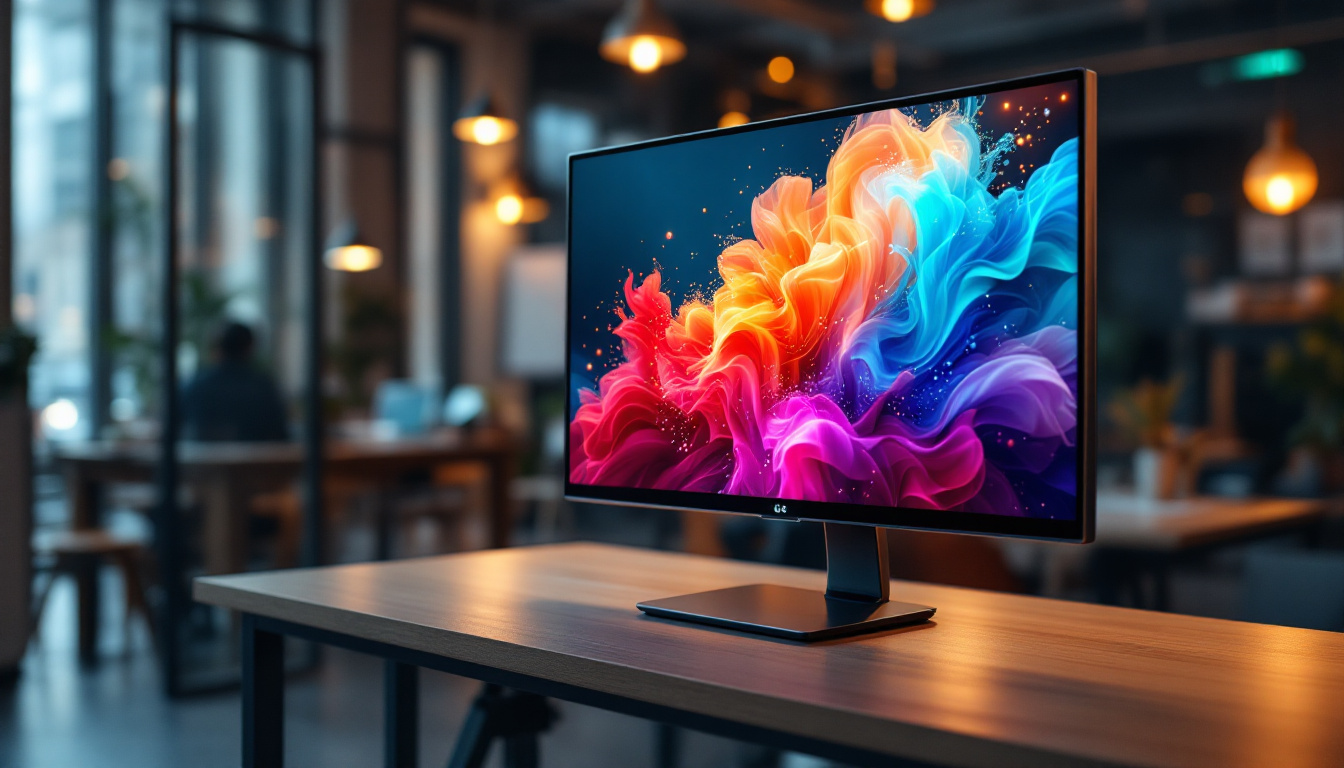In today’s fast-paced digital world, LED displays have become a cornerstone of modern communication and advertising. These vibrant screens are not just visually appealing; they are also highly versatile and efficient. This article delves into the intricacies of LED displays, exploring their technology, applications, and advantages, with a particular focus on the innovations brought forth by Able Ln.
Understanding LED Technology
Light Emitting Diodes (LEDs) are semiconductor devices that emit light when an electric current passes through them. This technology has revolutionized how we think about lighting and display solutions. Unlike traditional incandescent bulbs, LEDs are much more energy-efficient, have a longer lifespan, and provide brighter illumination. With their ability to convert electricity into light with minimal heat production, LEDs have become a preferred choice in both residential and commercial settings, significantly reducing energy consumption and costs.
Moreover, the versatility of LEDs extends beyond mere illumination; they are integral to various applications, including automotive lighting, streetlights, and even horticultural lighting. The compact size and durability of LEDs allow for innovative designs that were previously unattainable with traditional lighting technologies. As the world moves towards more sustainable energy solutions, the adoption of LED technology continues to grow, paving the way for smarter, greener cities.
The Basics of LED Operation
At the core of LED technology is the principle of electroluminescence. When electrons recombine with holes within the device, energy is released in the form of photons, producing light. The color of the light emitted depends on the materials used in the semiconductor. By combining different colors, manufacturers can create a full spectrum of light, which is essential for vibrant displays. This ability to manipulate light output not only enhances visual experiences but also allows for the development of tunable white light, which can adjust color temperature to suit different environments and moods.
Furthermore, advancements in LED technology have led to the emergence of smart lighting solutions. These systems can be controlled remotely via smartphones or smart home devices, allowing users to customize brightness levels and colors according to their preferences. This integration of technology with lighting has opened up new possibilities for energy management and automation, contributing to a more efficient and user-friendly experience.
Types of LED Displays
LED displays come in various forms, each suited for specific applications. The most common types include:
- Direct View LED Displays: These are made up of individual LED modules that can be assembled into large screens. They are commonly used for outdoor advertising and large events, where high brightness and visibility are crucial. Their modular nature allows for easy repairs and replacements, making them a practical choice for dynamic advertising environments.
- LED Backlit Displays: These displays use LEDs to illuminate an LCD screen from behind. They are popular in televisions and computer monitors due to their thin profile and energy efficiency. The use of LED backlighting enhances contrast ratios and color accuracy, providing a superior viewing experience compared to traditional CCFL backlit displays.
- OLED Displays: Organic LEDs offer superior color and contrast by using organic compounds. They are increasingly used in high-end televisions and smartphones. The flexibility of OLED technology allows for curved and even foldable screens, pushing the boundaries of design and functionality in consumer electronics.
In addition to these types, new variations such as MicroLED and MiniLED displays are gaining traction, promising even greater performance and efficiency. MicroLED technology, for instance, utilizes microscopic LEDs to create self-emissive pixels, resulting in unparalleled brightness and color accuracy. As research and development in LED technology continue to advance, we can expect even more innovative display solutions that will redefine our visual experiences in the years to come.
Applications of LED Displays
LED displays have a wide range of applications across various industries. Their adaptability and efficiency make them ideal for numerous settings.
Advertising and Marketing
One of the most prominent uses of LED displays is in advertising. Billboards and digital signage have transformed how brands communicate with consumers. The ability to change content dynamically allows businesses to target specific audiences and respond to real-time events, making advertising more effective and engaging.
Moreover, LED displays can be programmed to show videos, animations, and interactive content, which capture attention far more effectively than static advertisements. This dynamic capability enhances brand visibility and can lead to increased customer engagement.
Entertainment and Events
In the entertainment industry, LED displays are ubiquitous. Concerts, festivals, and sporting events utilize large LED screens to enhance the audience experience. These displays provide clear visuals from great distances, ensuring that every attendee can enjoy the show, regardless of their location.
Additionally, LED technology allows for creative stage designs. Artists and event organizers can use LED walls to create immersive environments that complement performances, making events more memorable.
Corporate and Educational Use
In corporate settings, LED displays are used for presentations, meetings, and information dissemination. They facilitate clear communication of ideas and data, making them essential tools in modern workplaces. In educational institutions, LED displays enhance the learning experience by providing interactive and engaging content that can cater to various learning styles.
Advantages of LED Displays
The benefits of LED displays extend beyond their visual appeal. Several key advantages make them a preferred choice for many applications.
Energy Efficiency
One of the standout features of LED technology is its energy efficiency. LED displays consume significantly less power compared to traditional display technologies. This not only reduces operating costs but also minimizes the environmental impact, making LEDs a more sustainable choice.
Longevity and Durability
LED displays are known for their long lifespan, often lasting tens of thousands of hours. This longevity translates to lower maintenance costs and reduced frequency of replacements. Additionally, LED displays are more durable than traditional screens, making them suitable for outdoor use where they may be exposed to harsh weather conditions.
High Brightness and Contrast
LED displays offer superior brightness and contrast ratios, ensuring that content remains visible even in bright sunlight. This quality makes them ideal for outdoor advertising and environments with high ambient light. The vibrant colors produced by LED technology also enhance the overall viewing experience, making content more engaging.
Able Ln Innovations in LED Technology
Able Ln has emerged as a leader in the LED display market, pushing the boundaries of what is possible with this technology. Their commitment to innovation has led to several advancements that enhance the functionality and performance of LED displays.
Smart LED Solutions
Able Ln has integrated smart technology into their LED displays, allowing for remote management and content updates. This feature is particularly beneficial for businesses that operate multiple displays across different locations. With smart LED solutions, users can control their content from a centralized platform, ensuring that messages are timely and relevant.
Enhanced Resolution and Clarity
The company has also focused on improving the resolution of their LED displays. With advancements in pixel pitch technology, Able Ln has developed screens that offer higher pixel densities, resulting in sharper images and clearer text. This enhancement is crucial for applications where detail is paramount, such as in retail environments and control rooms.
Eco-Friendly Initiatives
In line with global sustainability goals, Able Ln is committed to reducing the environmental impact of their products. They have implemented eco-friendly manufacturing processes and materials, ensuring that their LED displays are not only high-performing but also environmentally responsible. This initiative resonates with consumers who are increasingly concerned about sustainability.
Future Trends in LED Display Technology
As technology continues to evolve, the future of LED displays looks promising. Several trends are emerging that are likely to shape the industry in the coming years.
MicroLED Technology
MicroLED is a cutting-edge technology that promises to revolutionize LED displays. By using microscopic LEDs, this technology allows for even higher resolutions and greater flexibility in display design. MicroLED displays can be made thinner and lighter, opening up new possibilities for applications in everything from smartphones to large-scale advertising.
Interactive Displays
The demand for interactive displays is on the rise, particularly in retail and education. Future LED displays are expected to incorporate touch and gesture recognition technologies, allowing users to engage with content in new ways. This interactivity can enhance customer experiences and improve learning outcomes in educational settings.
Integration with Augmented Reality (AR)
As augmented reality continues to gain traction, the integration of LED displays with AR technology is likely to become more prevalent. This combination can create immersive experiences that blend the physical and digital worlds, offering exciting new possibilities for advertising, entertainment, and education.
Conclusion
LED displays have transformed the way information is communicated and consumed. With their energy efficiency, longevity, and vibrant visuals, they have become an essential tool across various industries. Able Ln stands at the forefront of this technology, driving innovation and setting new standards in the LED display market.
As the technology continues to evolve, the future of LED displays holds exciting possibilities. From microLED advancements to interactive capabilities and AR integration, the potential for growth and innovation is vast. Embracing these trends will not only enhance user experiences but also pave the way for more sustainable and efficient display solutions.
In a world where visual communication is paramount, LED displays, particularly those developed by industry leaders like Able Ln, will continue to play a pivotal role in shaping the future of advertising, entertainment, and beyond.
Discover LumenMatrix’s Innovative LED Display Solutions
As we look towards a future rich with technological advancements in visual communication, LumenMatrix stands as a beacon of innovation in LED display technology. With a diverse range of products from Indoor and Outdoor LED Wall Displays to specialized solutions like Vehicle LED Displays, LED Sports Displays, and even Custom LED Displays, LumenMatrix is committed to enhancing your brand’s visibility and creating immersive visual experiences. Whether you’re looking to captivate your audience, elevate your advertising, or simply make a powerful statement, LumenMatrix has the cutting-edge solution to meet your needs. Check out LumenMatrix LED Display Solutions and join the revolution in digital signage and visual storytelling.

